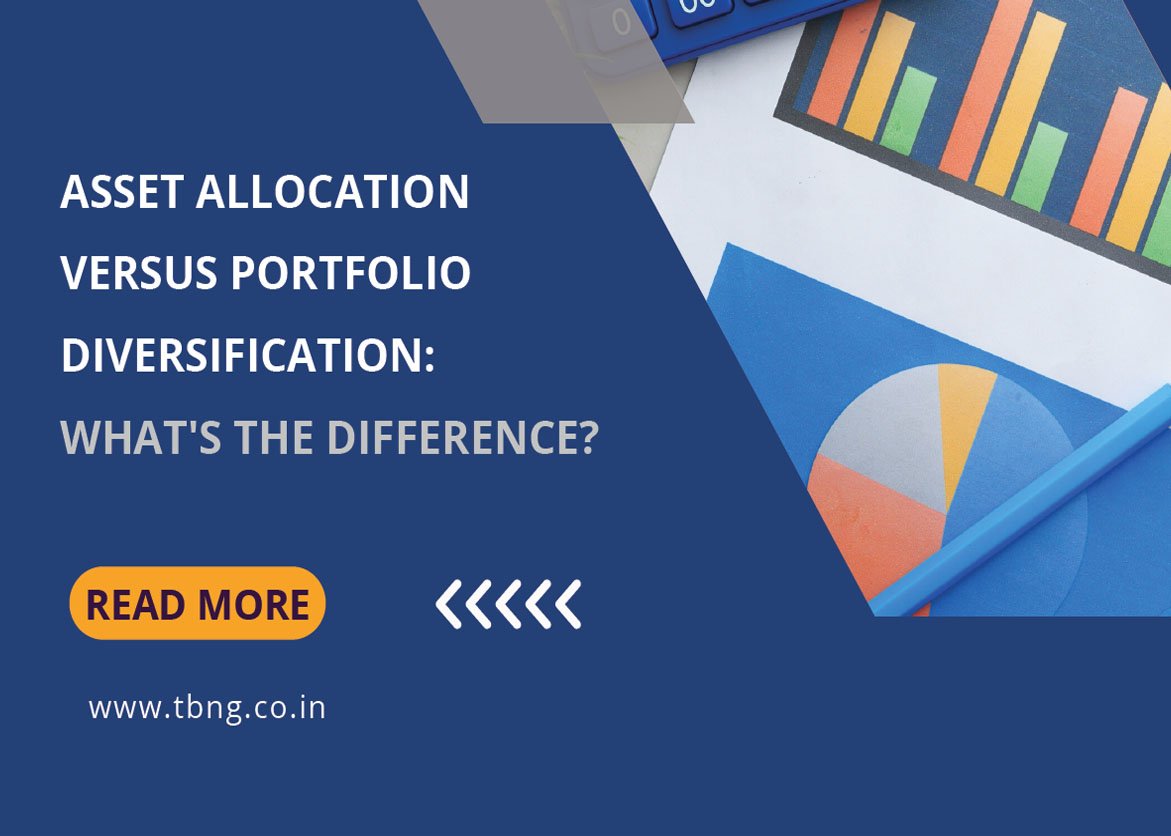Global markets are highly unpredictable, and the economic fundamentals always remain in flux. In such markets, investor sentiment can turn on a dime. When it comes to the financial market, there are very few absolutes. While, you could get some certainty in gains by attempting to predict the day-to-day movements of the market accurately; unfortunately, not even the most seasoned investors till date have been able to master timing the markets. So risks are a given.
There is only one surefire way to avoid market risk, and that is by not investing.
Efficiency in investing is the only way to ensure better gains. Financial planning and goal-based investing lead to efficient investment. Both these can be challenging decisions in your life. As for a financial plan, Asset allocation and Portfolio Diversification are its pillars. To invest prudently these two ingredients are essential. Read on to know more about asset allocation versus portfolio diversification.
Know your assets!
Any investor can store their savings in these four asset classes. These are:
- Fixed income assets: Fixed income is one of the oldest forms of assets. This investment includes FDs, RDs, government bonds, securities, and corporate bonds. In this asset allocation, the investors act as the debt holders and gain interest till maturity.
- Cash: The main reason behind investing in cash is its liquidity. Period.
- Real estate: Investors put their money into residential apartments, land, commercial property, and other properties that will provide them with significant future returns. It is a long-term investment that sometimes does have liquidity issues.
- Financial Markets: Investing in various mutual funds, ETFs, stocks, and bonds of different companies is called financial assets. The investor can have his own portfolio of shares from different companies, which helps him increase the value of his investment.
After you’ve determined which asset classes you can invest in, you’ll need to figure out how much to put into each one. This process is called asset allocation.
What’s the difference between asset allocation and portfolio diversification?
Although these two terms are often used together, asset allocation and portfolio diversification are two different strategies.
Asset allocation mainly refers to the percentage of stocks, bonds, and cash in your portfolio. Asset allocation is the primary determinant of your investment risk—from 100% stock allocation (highest risk) to 100% cash allocation (lowest risk). On the contrary, diversification mainly describes the spread of your assets across the various asset classes to reduce the asset-linked risks involved like volatility, inflation, etc.
A well-diversified portfolio should have two levels of diversification: between asset categories and within asset categories.
Let us take an example to understand the situation better. Given your age, goals, and risk tolerance, a 50% stock, 40% bond, and 10% cash or physical asset allocation could be suitable for your needs. But if you invest all the 50% of your stock allocation solely in the US tech stocks without broad exposure to other sectors (energy, financial, mid cap, small caps, etc.) or regions (emerging markets, foreign stocks, and bonds, etc.) then your portfolio lacks diversification.
So, regardless of your chosen asset allocation, the more diversified your portfolio becomes, the more predictable and less volatile returns you will have.
The risk-reward trade-off
You won’t be able to keep up with the best-performing asset class’s returns each year if you have an effective asset allocation and portfolio diversification, but you also won’t get the worst-performing asset class’s returns. A well-balanced asset allocation and portfolio diversification strategy can easily smooth out some of the peaks and valleys. Remember to diversify your portfolio globally as a stock market investor. Today, the tremendous economic growth in the global markets provides you with high opportunities to achieve considerably greater diversification. With a wide range of Exchange Traded Funds (ETFs) and no-loaded mutual funds available, you can easily invest in hundreds of emerging global leaders with just one or two carefully chosen funds.
Investing allows you to grow your money and increase your revenue. While asset allocation and diversification cannot guarantee a profit or protect your portfolio from losses over time, a properly allocated and diversified portfolio is designed to provide competitive returns while reducing overall market risk.






